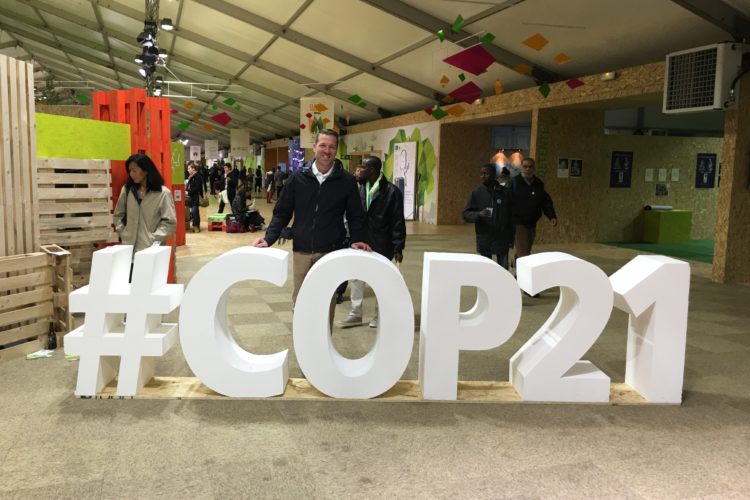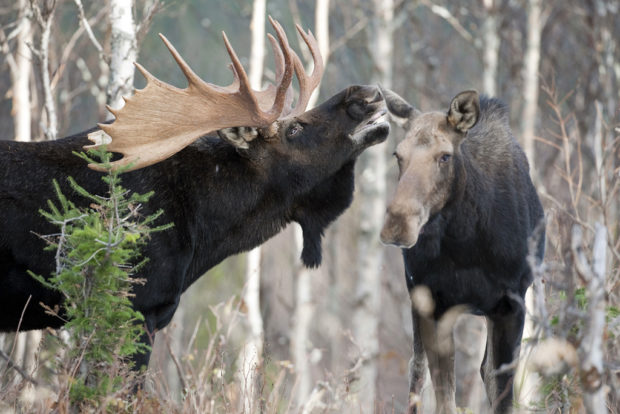We have much more to do and your continued support is needed now more than ever.
Paris and The West

On the 28th of November, 2015, I boarded a plane in Denver and was headed to Paris for the 21st U.N. climate conference known as COP21. It was slated to be the biggest such international climate conference ever as the world, and everyone from the Pope, to multinational corporations, and over 150 international heads of state were coming together to address the existential threat of a warming world by committing their countries to ratchet down the greenhouse gas emissions that have been flooding our atmosphere since the dawn of the industrial revolution.
Though I was not a credentialed member of the U.S. delegation (the conference hosted an astounding 38,000 official delegates from government, intergovernmental organizations, UN agencies, NGOs and civil society) I volunteered for the Climate Reality Project by pitching their amazing slate of international leadership trainings to the throngs of traffic that flowed through the massive venue in Le Bourget. Unfortunately, I was only able to stay for the first week of negotiations, but the excitement and enthusiasm to forge an agreement that kept our planet below 2 degrees Celsius of warming was papable, and by Dec. 11, 2015, that is just what 195 countries formally bound themselves to accomplish.
During his 2016 presidential campaign, candidate Donald Trump was critical of the Paris Agreement and often spoke of renegotiating the deal or pulling the U.S. out altogether. As President, he took the first step towards that end in March by signing an executive order to rescind the centerpiece of the U.S. emissions reduction goal – the Clean Power Plan (an EPA effort to slash greenhouse gas emissions from the electricity sector 32 percent below 2005 levels by 2030). Then on June 1st, he announced that he would indeed be withdrawing our country from the Agreement in a Rose Garden speech that was heavy-laden with misinformation. Though it was a heavy day for our organization and the millions of Americans who are anxious to confront the climate crisis, there has been an impressive outpouring of support from a vast coalition of U.S. businesses, elected officials on both sides of the aisle and activists to say “#IAmStillIn”.

What does pulling out of Paris mean for the West?
Thanks to strong policy initiatives across the West aimed at increasing clean, renewable energy and reducing dependence on burning coal for electricity – many states including “California, Washington, New Mexico, Oregon and Utah — were likely to meet or exceed their climate reduction targets under the Clean Power Plan based on other policies and market forces,” according to a recent High Country News article. Combining these state mandates for renewables together with the federal tax credits and the plummeting prices for wind and solar energy production and it appears that the West will continue to reduce emissions. This is good news for helping to mitigate the climate impacts such as increased wildfire, drought, extreme weather, reduced snowpack and threats to human health and wildlife.
What Can I Do? Check out this related article from one of our staff members to get more ideas on how you can help create the conservation army that we need!





















